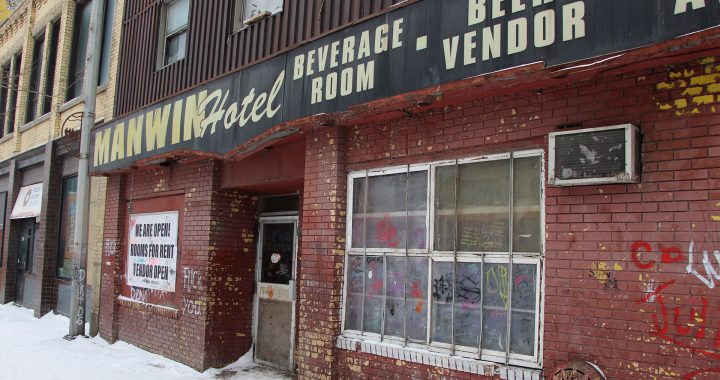A remote first nation in northern British Columbia is celebrating having clean drinking for the first time in decades. Lhoosk’uz Dené Nation teamed up with the University of British Columbia to build a new water treatment plant which they hope will keep the clear stuff flowing long term.
The small village of 50 members was relocated in the ’80s, and both locations never had clean drinking water. They cut the ribbon on their new facility earlier this week after years of relying on bottles.
“They have never ever been able to drink tap water at all. Even though we have a lot of lakes surrounding us all over, we never had drinking water,” said Chief Liliane Squinas.
In 2008, two wells were drilled but were found to have elevated contamination levels. They were also built close to a historic burial site. Water transportation is also difficult due to the remote location.
The closest large community is Quesnel, which is nearly 200 kms east and is accessible only by a single logging road.
“The roads sometimes weren’t the best so it would take longer to come in or they wouldn’t make it in in the winter. Wintertime now it’s always the worst because the amount of snow that we get,” explained band manager Brenda Thomas.
In 2014, a UBC team was invited to the northern community to find a solution.
Prof. Madjid Mohseni and his team listened to the community’s needs and included the nation in all phases. Mohseni was wrapped in a blanket during a ceremony honouring him for his work on this project.
“Every community has specific needs when it comes to their water treatment systems. The individual components may be the same but the package might be different,” said Mohseni, a chemical and biological engineering professor.
“That package needs to designed on the specific need for the community.”
The water treatment facility is scaled to the nation’s needs, built to be simple and sustainable. It uses ultraviolet light and chlorine to disinfect the water. The nation’s water operator was included in the process, the professor said.
“We have been in constant communication with the operator. We involve him along the way. It was something he felt comfortable with,” Mohseni said. “He received not only training along the way but also provided feedback in terms of what he likes to see.”
The water treatment facility has been operational for a few months. It took determination overcome challenges that included wildfires and then a global pandemic. The nation continues to celebrate this accomplishment.
“The biggest impact for the community was the day the water treatment plant got trucked in, even though it was not set up, it was not connected that’s when its here,” Thomas said.










